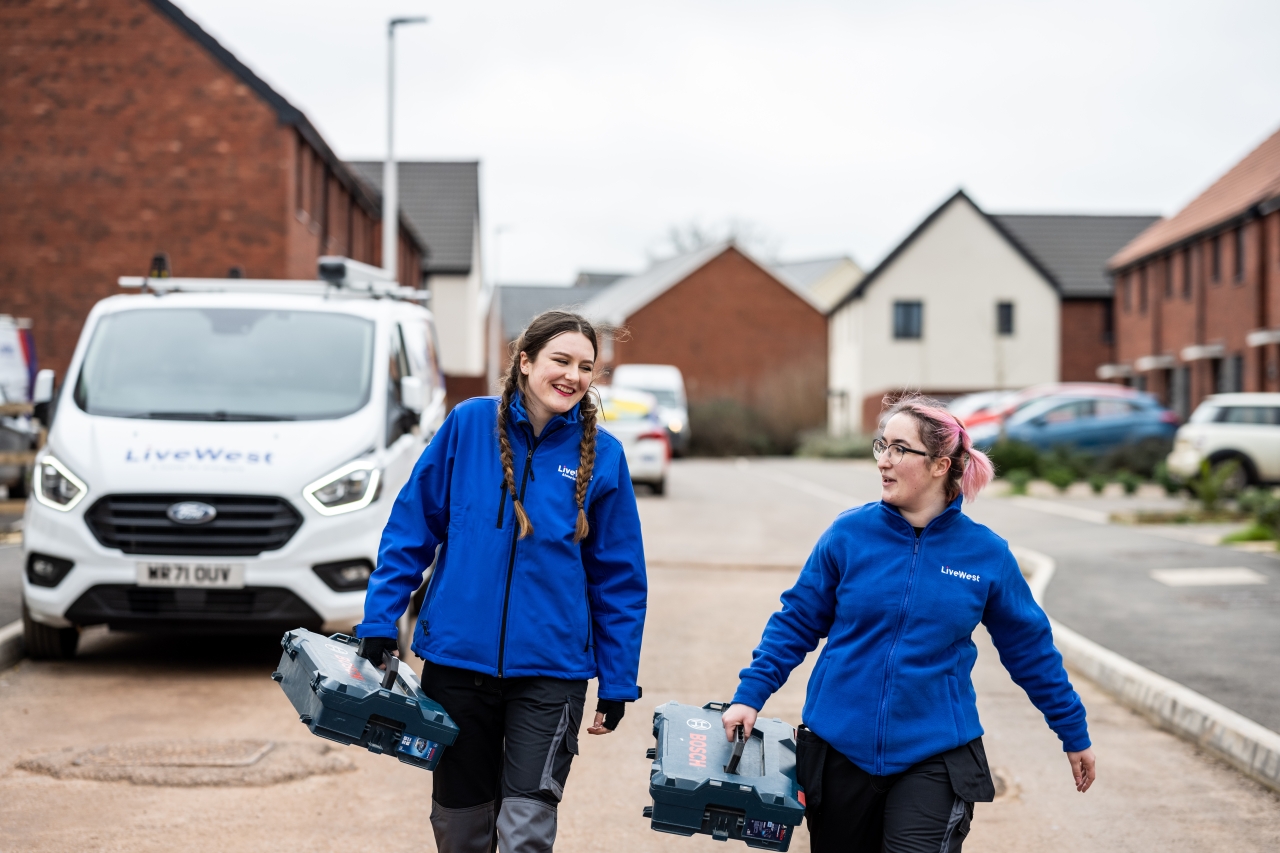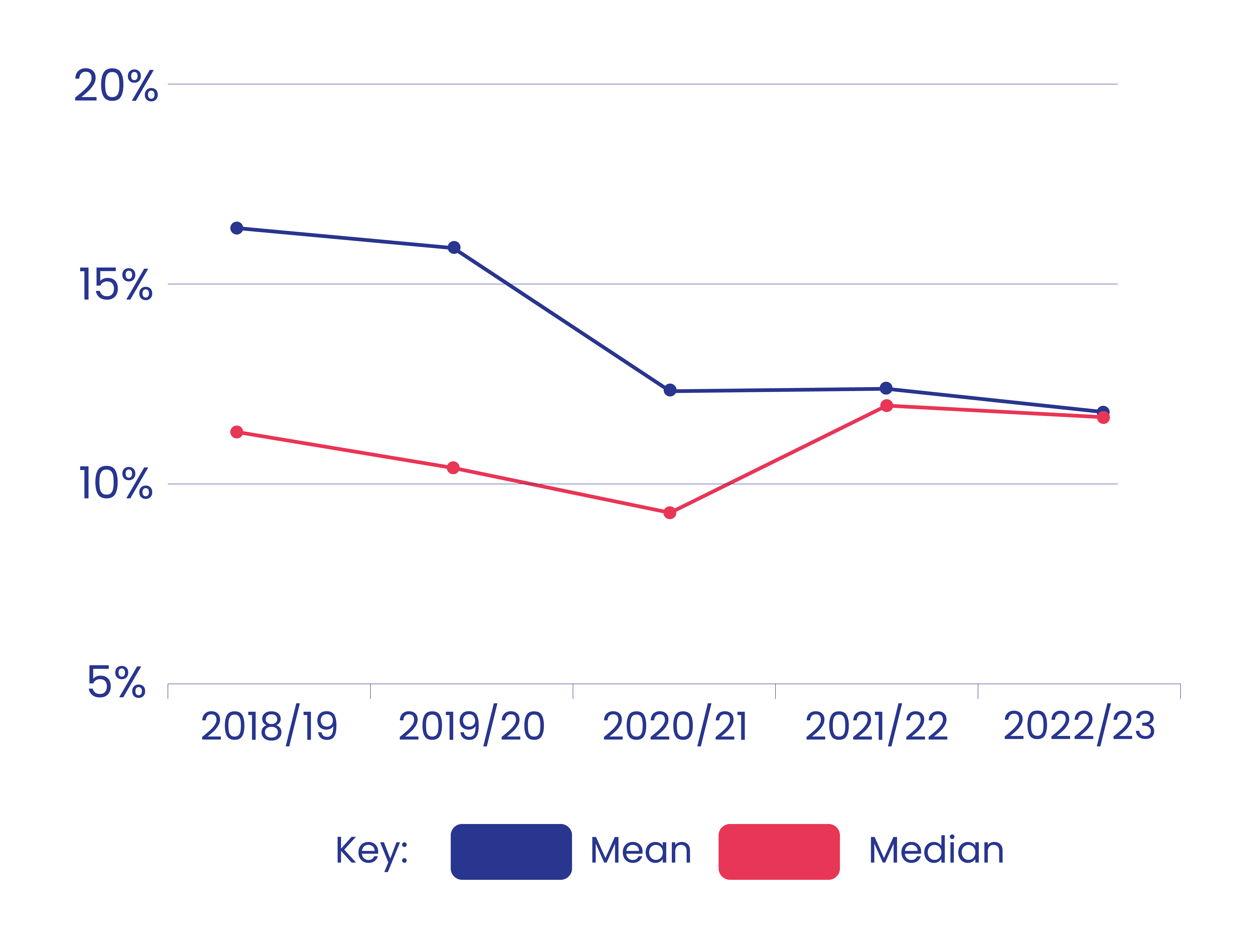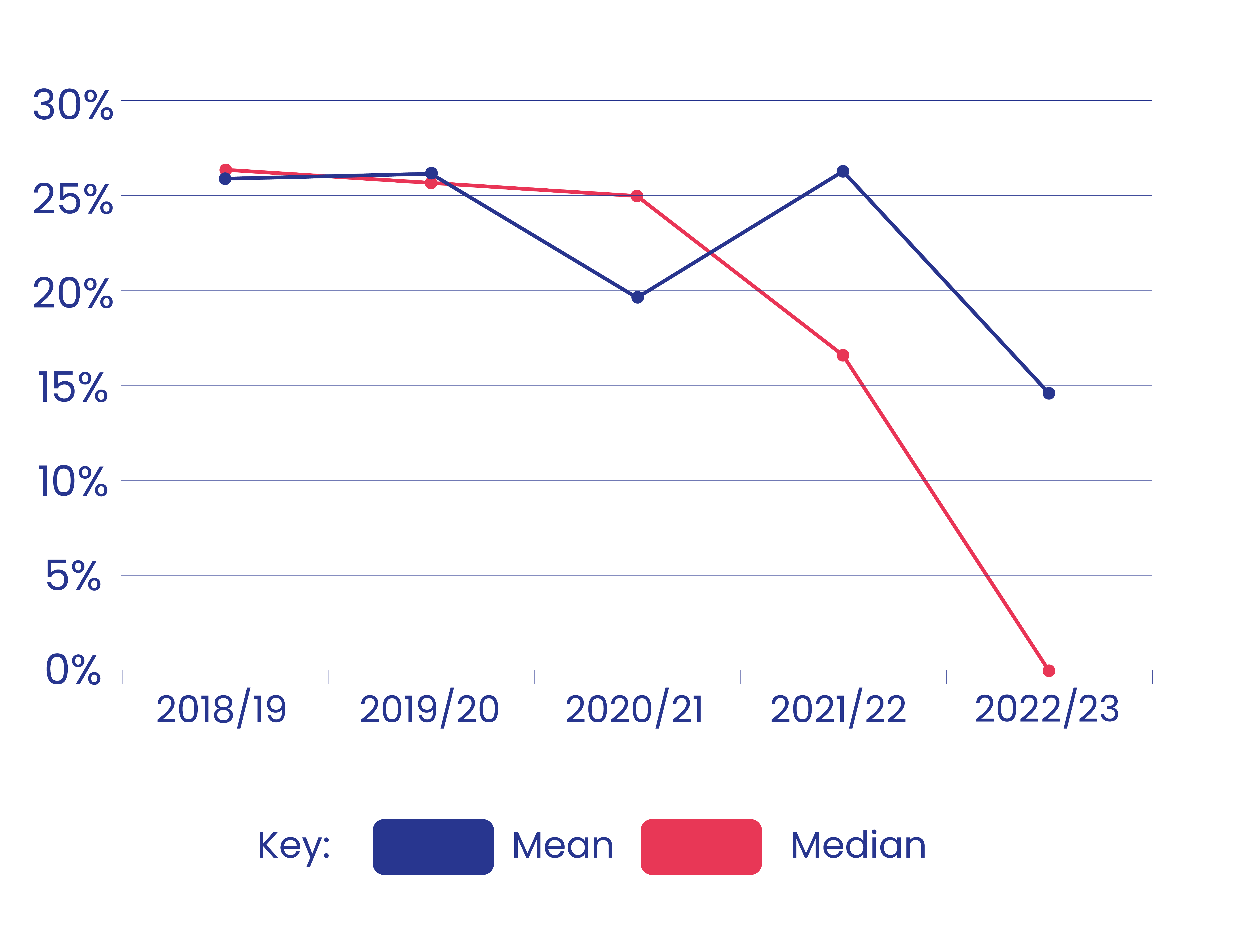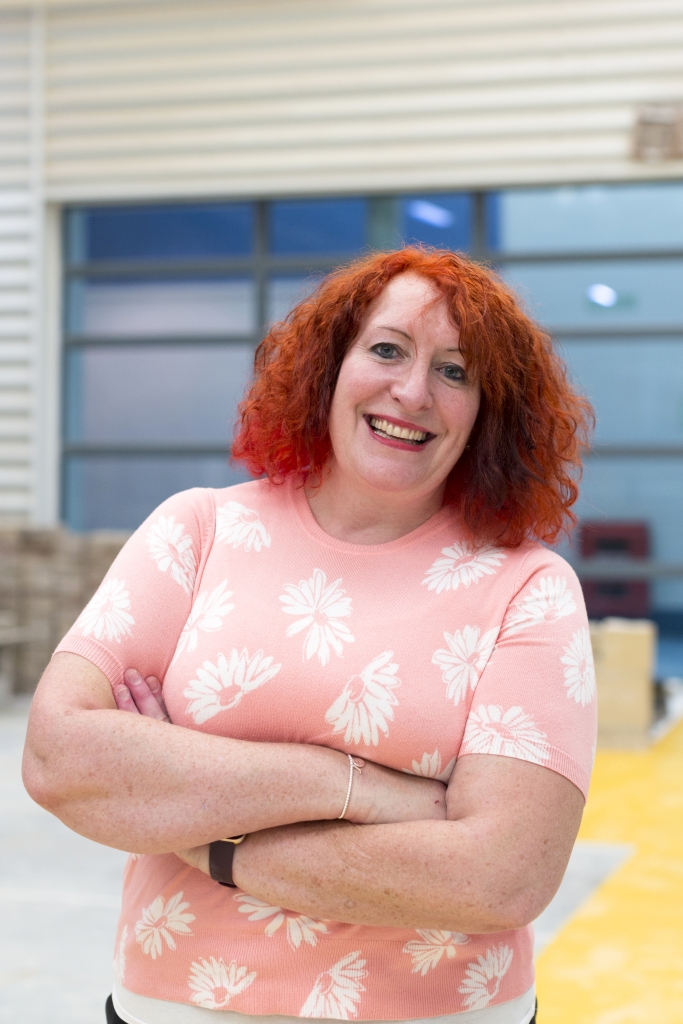
We live in a world that is not always fair, where privilege assists some, and the lack of it can hold others back. As part of our equality, diversity and inclusion plans, we have agreed to take proactive steps to correct any imbalances and provide an equal place for everyone to work.
We are committed to attracting a more diverse workforce by ensuring our colleagues are gender balanced and fairly paid. Having a diverse mix of talented people in our business leads to innovation, development and engagement, which is fundamental to our success.
We recognise this will take time and focus, but we want to ensure that there are no potential barriers to the successful development and progression of women, or any minority group at LiveWest.
On this page:
What is gender pay gap reporting?
The distribution of men and women in our workforce
How we make additional payments
What is gender pay gap reporting?
Gender pay gap reporting is about the difference between the average pay of men and women working here. It isn’t the same as equal pay; which is a legal obligation to ensure that men and women doing the same or similar jobs are paid the same, we have embedded this in our job evaluation processes.
Note: In the tables and graphs below, the year specified, for example, 2021/22, relates to data from the financial year ending April 4 2021.
Where are we now?
Our gender pay gap has remained consistent in many areas over the year as shown in Table 1. We have made progress in reducing the pay gap in a number of areas over the last five years, as we illustrate on this page. We are confident the actions we are taking will support us in achieving our goal of reducing the gap further.

The distribution of women and men in our workforce
Overall, the distribution of women and men we employ varies across the types and seniority of roles. When we divide our employee team into four quarters (or ‘quartiles’) according to how much they earn, the proportion of men and women within each quartile is shown in Table 1.
As in many organisations and society as a whole, we have a higher number of women in lower paid roles, and a higher proportion of men in higher paid roles.
As table 1 demonstrates, the distribution of women and men across our quartiles is similar to the previous year.
Table 1: The distribution of men and women in our workforce by quartile
2022/23 | 2021/22 | ||||
|---|---|---|---|---|---|
People | % | People | % | ||
| Q1* | Male | 114 | 30% | 110 | 31% |
Female | 265 | 70% | 246 | 69% | |
| Q2* | Male | 194 | 51% | 187 | 53% |
Female | 185 | 49% | 169 | 47% | |
| Q3* | Male | 212 | 56% | 199 | 56% |
Female | 167 | 44% | 157 | 44% | |
| Q4* | Male | 207 | 54% | 179 | 50% |
Female | 173 | 46% | 177 | 50% | |
Total | 1,517 | 1,424 | |||
*Key: Q1 = Quartile 1 (lower) - Q2 = Quartile 2 (lower middle) - Q3 = Quartile 3 (upper middle) - Q4 = Quartile 4 (upper)
*We divide our employee team into four quarters (or ‘quartiles’) according to how much they earn.
What is the gender pay gap?
The gender pay gap is the difference between the average hourly earnings for men in an organisation and the average hourly earnings for women. For example, a 10% gender pay gap shows that women earn 10% less per hour, on average, than men. A negative -10% gender pay gap shows that women earn 10% more, on average than men.
The average is calculated as both mean and median. Mean earnings are calculated by adding up all hourly earnings and dividing them by the number of employees. Median earnings come from ranking all earnings from lowest to highest and identifying the employee in the middle of the list.
The mean (simple average) is preferred to the median as it gives a better measure of pay across the organisation. The adjacent graph highlights how our mean gender pay gap has fallen consistently over the last five years.
Table 2
Our gender pay gap Median and Mean 2018-2023

How we make additional payments
We have recently shown our appreciation to employees for their commitment and resilience through the pandemic by making recognition and thank you payments.
As Table 3 highlights, we have seen a reduction in the additional payments gap in 2022/23. This is because during the last year we have made additional recognition payments in select departments due to the external challenges faced like Covid-19.
Table 4 shows that the proportion of females receiving a bonus has remained consistent, whereas the proportion of males has dropped slightly. Over the last year we have undertaken an insourcing project into our trades team, bringing more of our contracted services in-house and this has had an impact on the results shown in table 4.
Table 3: Additional payments gap

Table 4: Proportion receiving overall bonus
2022/23 | 2021/22 | |
|---|---|---|
| Male | 89.97% | 95.66% |
| Female | 92.41% | 93.86% |
Steps we have already taken
As well as reporting on our gender pay gap, we also report on ethnicity and disability pay gaps to ensure we understand where we currently are and where we need to change.
We have already taken a number of steps to help us achieve our vision of building and sustaining a representative workforce including:
Recruitment of women into senior roles
As part of our EDI strategy, we made the commitment to increase the representation of women within our trade teams, so that we can invest in future untapped talent. As we have previously reported, we welcomed 12 women into trades positions at the beginning of 2022 which helped diversity that team. Also, this year we have made several key recruitments within our trade operations management team, three of which were successfully filled by women: Jane Harris, Liane Sheppard and most recently Trea Murphy.
“We are delighted that we have recruited some of the top talent within the housing industry to join our trade management team. We welcomed them into LiveWest not because it will help to hit any gender quotas, but because they are the best person for the job, and they will enable us to achieve our ambitious goals.
We will continue to invest in talented individuals and provide equity to ensure that underrepresented groups within our sector have equal opportunity to thrive in their careers” - Jennifer Pulsford, Inclusion, Reward and Wellbeing Manager.

Adding seven new members to our Board and Committees
In the second quarter of 2022, we welcomed seven new Board and Committee members to LiveWest. We recognised that our Board and Committees did not represent the diversity of our colleagues and customers, so we took positive action in our recruitment campaign to help strengthen and diversify our membership. We’ve increased the number of women on our Boards and Committees by 7%, people from ethnically underrepresented groups by 16% and people from the LGBTQ+ community by 10%.

Inclusion workshops in partnership with Inclusive Employers
Our Executive team and Board have recently attended an inclusion focused workshop.
The sessions focused on leading inclusively with bravery and authentically in a VUCA (volatile, uncertain, complex, and ambiguous) environment. There was also discussion around the benefits of having diversity at LiveWest and how to leverage competitive advantage through the development of an inclusive culture.
Where we want to be
Our vision is to build and sustain a representative workforce across all areas of our business, with a diverse leadership team that reflects our commitment to equality, diversity and inclusion.
Key elements of our vision
So, what are we doing about our pay gap?
The best person will always get the job at LiveWest, however, when appropriate we have and will take positive action to attract a more diverse talent pool of applicants.
We will grow our own talent by creating development courses, with the aim to address where we have underrepresentation in certain teams.
We will continue to support new and existing colleagues who wish to change their careers with our award-winning apprenticeship program.
Our hybrid working practices are ever evolving to help colleagues to balance their home lives and health and wellbeing with work, and support those who don’t work the traditional’ 9-5 in the office’ model to have a career.